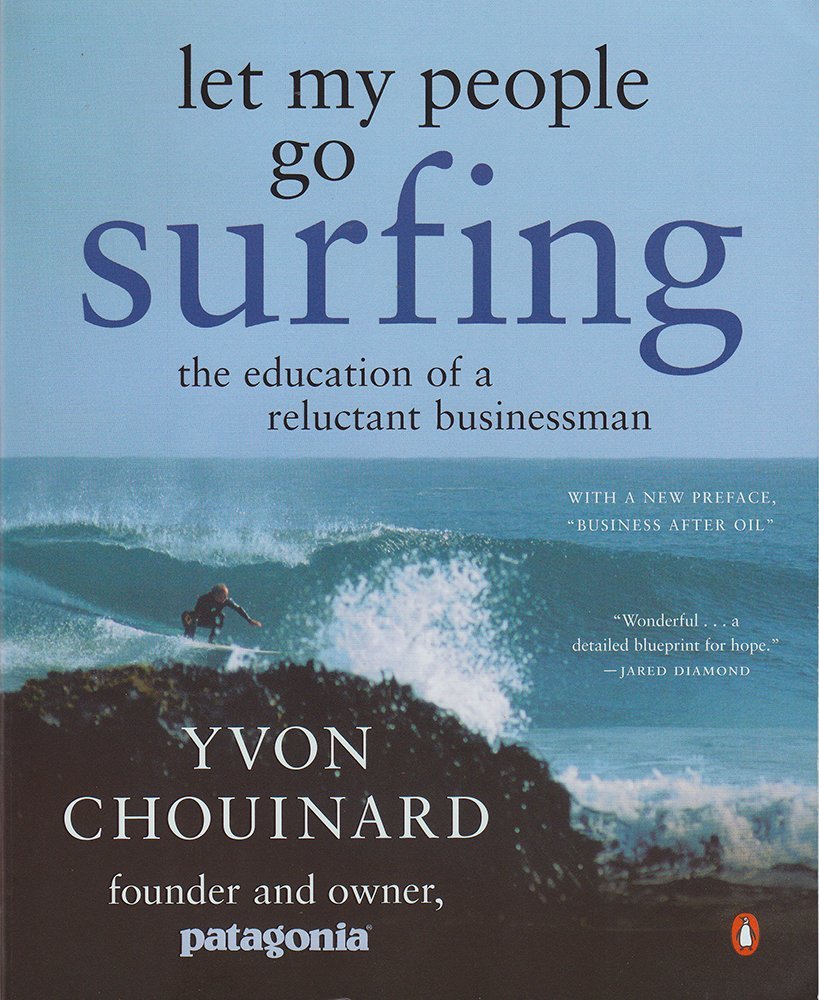I read about Outlier clothing brand at The Brooks Review recently and went down the rabbit hole of online research. Surprisingly, I've never heard about them before even while I am somewhat interested in clothing and especially its intersection with technology. I don't own anything by them yet, but their philosophy is close to my heart:
Clothing should be liberating. What you put on in the morning should never restrict what you do with your day. We make garments that evolve around the boundaries of fashion using a function driven design process and high quality technical fabrics.
Core77 has a good case study on design process of their Slim Dungarees pants:
As is often the case, the greatest strength of an item is also its key weakness. With jeans, there is an interesting contradiction between the fact that they are both comfortable and durable. The problem is that they are not exactly comfortable and durable at the same time. A new unwashed pair of jeans is damn durable, but it's not comfortable at all. Only through significant wear, or through special garment treatments, does it reach the point where it gets comfortable. Ironically, it's at that point that it has lost a significant amount of durability. While there is something admirable in the idea of needing to live with and break in your clothing, we wanted to make a pant that was both comfortable and durable from the very get-go.
On Schoeller fabric they used:
Schoeller has a couple key specialties that were reflected in our 4Season fabric. They make the best four-way stretch fabrics on the market, as well as amazing doubleweave fabrics. Doubleweaves use a complex weave structure to create fabrics with radically different properties on both sides. For example, our 4Season fabric uses extremely durable air treated nylon 6-6 yarns on the exterior and a loosely woven soft polyester on the interior. This creates a double-faced fabric that is dense and strong on the outside with a 3D structure similar to a seersucker on the inside. This structure helps minimize contact between the skin and fabric, resulting in a much more breathable material.
Founder of Outlier Abe Burmeister had a good AMA on Reddit. Someone called them "Apple of clothing", and with their attention to details it seems like a valid comparison. I particularly liked Abe's explanation on why as a company they are not motivated by money:
Tim O'Reilly once wrote about looking at his company like a road trip. Money is like gas. If you run out of gas the trip comes to a halt. So in that sense you always need to make sure the tank isn't empty. But the purpose of a road trip isn't to put as much gas in the tank, it's to have an amazing trip, see things, learn things and hopefully arrive at an interesting destination. A company is no different, you need to keep money flowing through, but that's not what makes it interesting or fun. When we make decisions we need to consider the financial implications, but we never are looking at them first. In the end we look for the routes that lead us to interesting places without getting caught without gas.
Their clothes are expensive, but if they are anywhere as comfortable and durable as the whole internet thinks, they should be a good buy. I guess I'll have to give them a try.
A few more links on their story and products:



